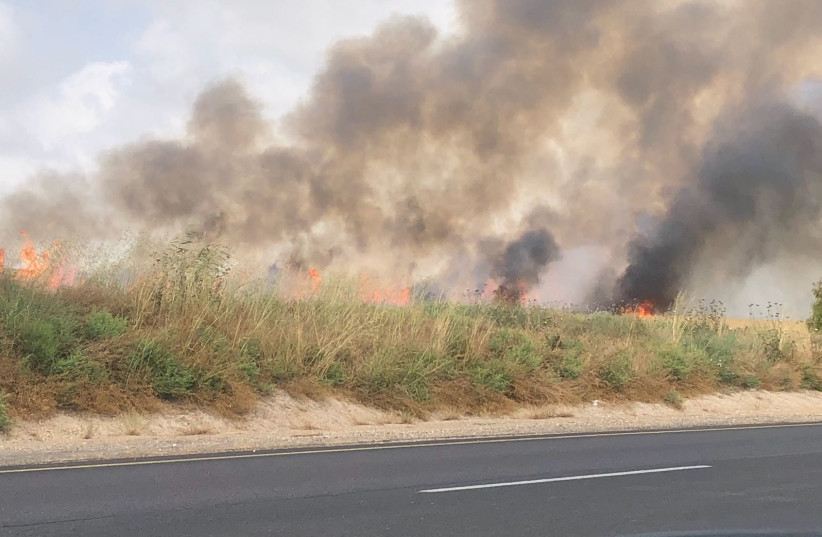Some of the residents of the Gaza Envelope, including survivors of the October 7 massacre, decided to establish a new apolitical civil movement called "Future for the Envelope," whose goal is to help in the rehabilitation and rebuilding of Gaza-bordering communities after realizing that these communities 'can't rely on other actors for ensuring their prosperity,' according to the movement.
After the October 7 massacre, which claimed the lives of hundreds of civilians and still leaves tens of family members, neighbors, and friends of the residents of the envelope captive in Gaza, the residents decided to rise from the pain and unite under one movement to ensure community, rehabilitation, change, and a different future for them.
According to a survey conducted by a polling institute, 70% of the residents of the surrounding area intend to return to their homes. Twenty percent are in doubt, and eleven percent do not intend to return at all. This means about eight thousand residents have no plan of returning to the Gaza envelope.
As a result, the founders of "Future of the Envelope" began to establish their own leadership and teamed up in cooperation with Sapir College, the only college located in the Gaza envelope.
Future for the Envelope speaks up
"We want the leaders of the next decade to come from us, so we are working on a training program in cooperation with Sapir College. This way, the kibbutzim can integrate optimally. We will lobby on our behalf in the Knesset, establish a research institute, and conduct regular surveys to understand the residents' needs. We will establish an array of spokespeople that will include most of the surrounding audience and define the common narrative,' said a representative of the movement.

Additionally, the representative stated: "We understand that there is a bigger story to be told about the envelope, and we want to manage it in a way that suits us. We want to be part of the solution, not part of the problem. The restoration of the envelope is the restoration of the entire country."
